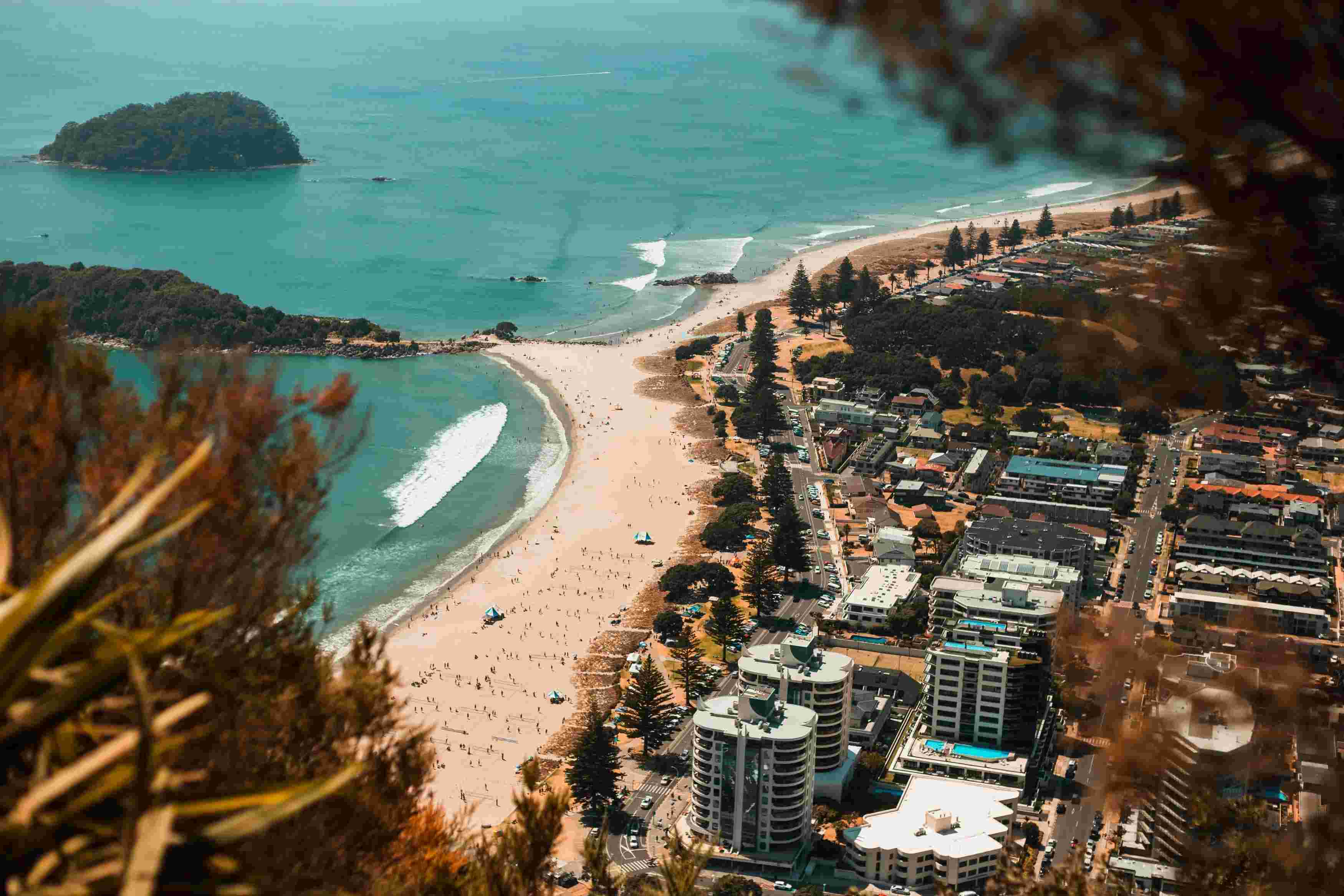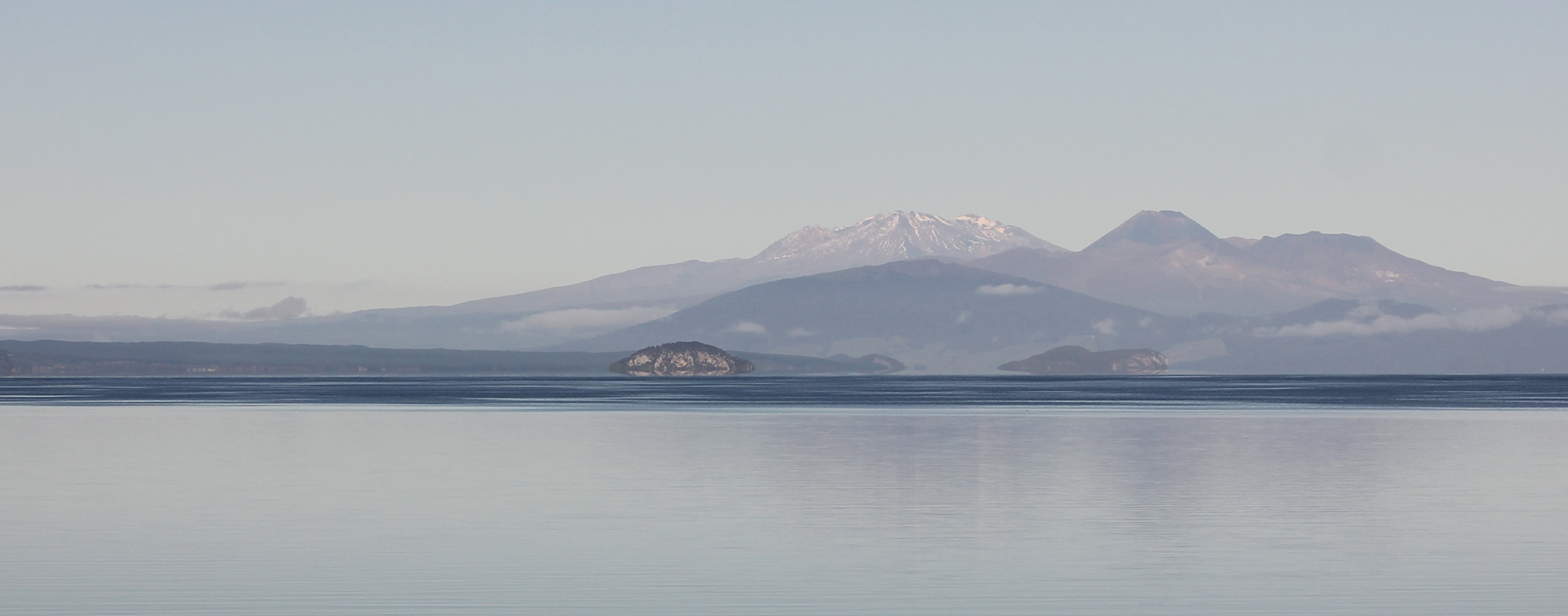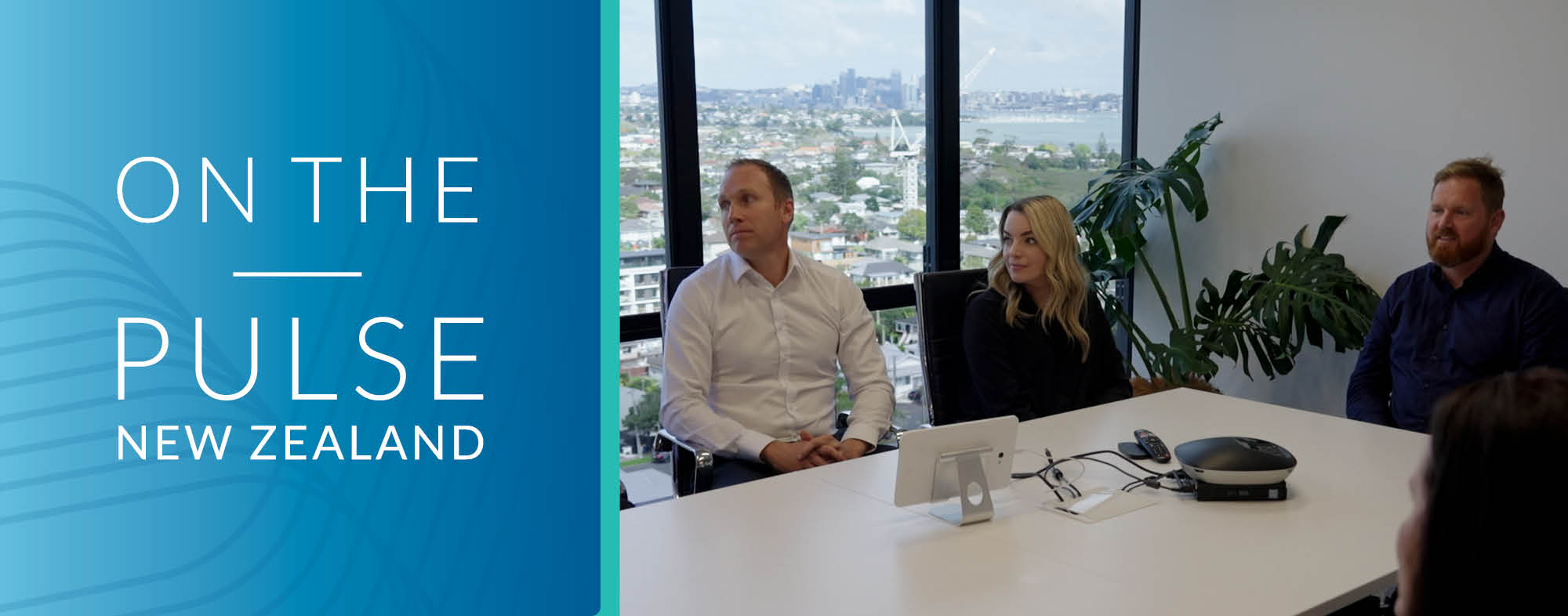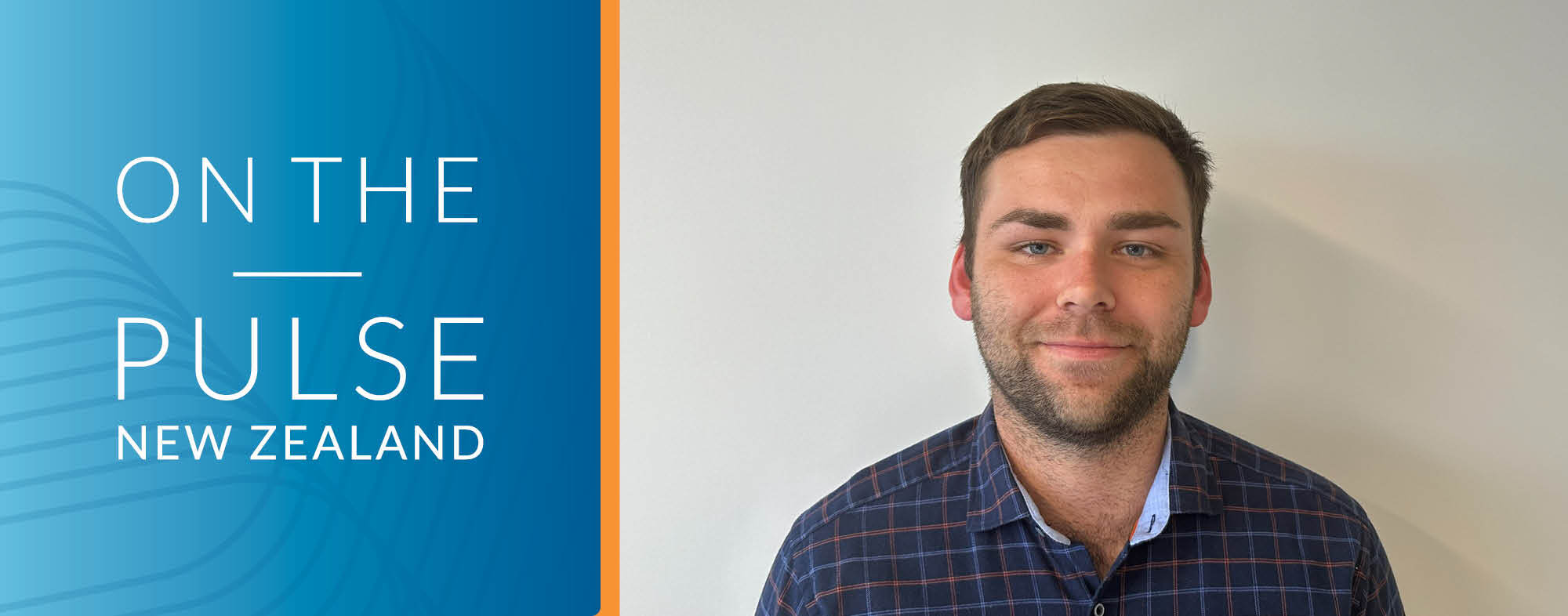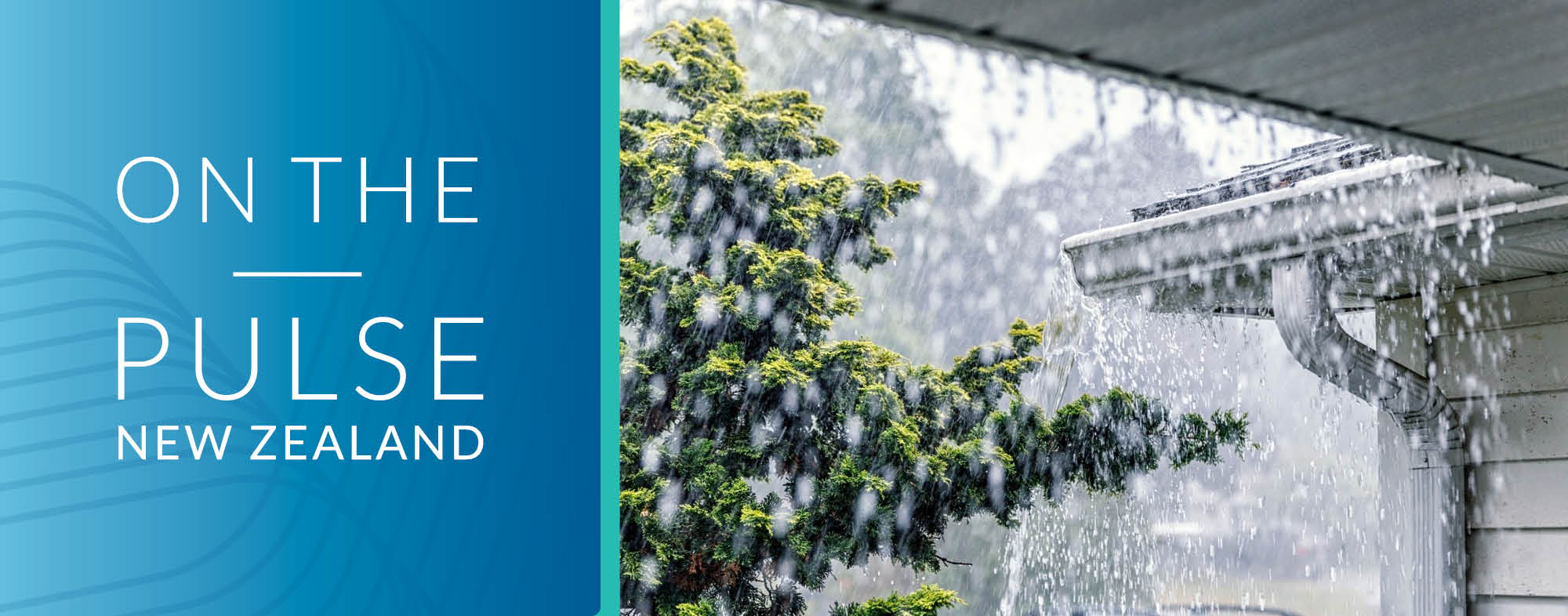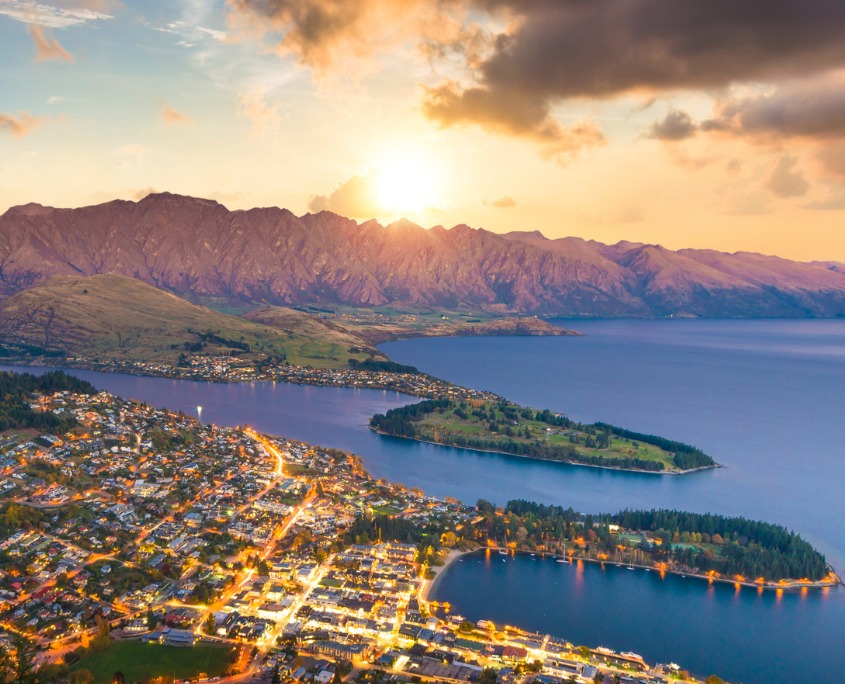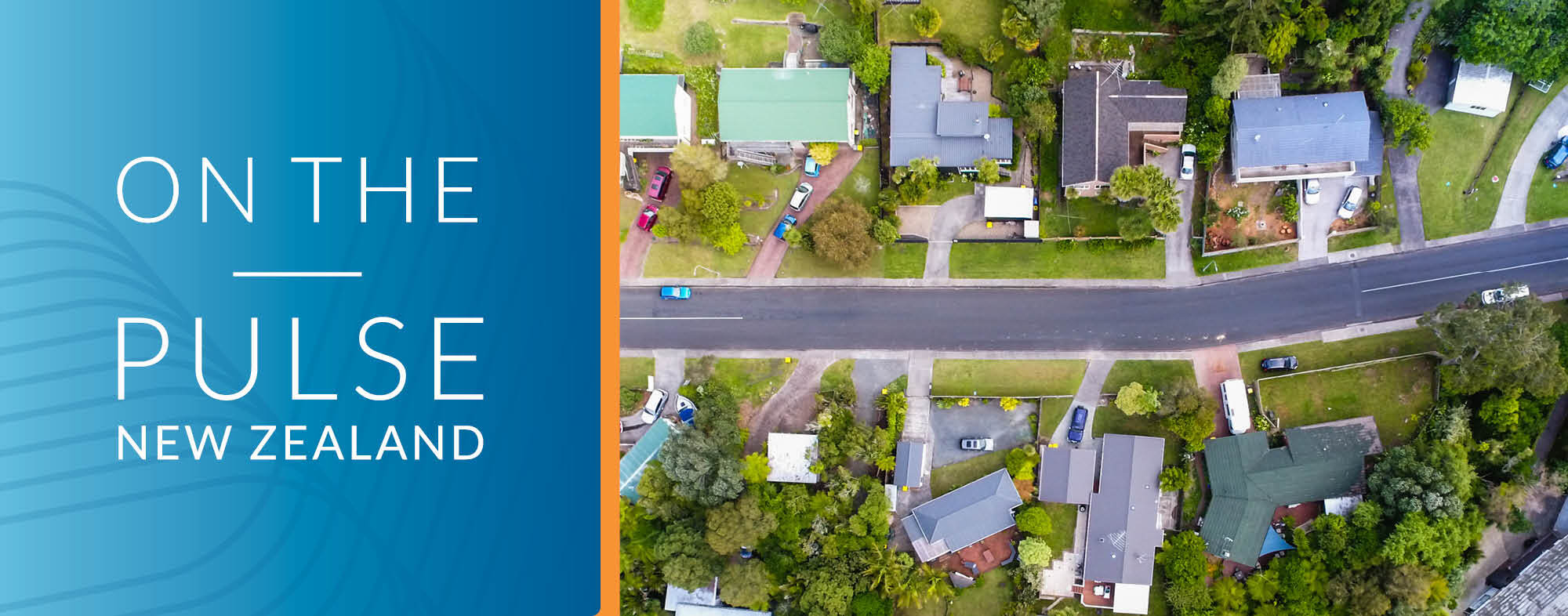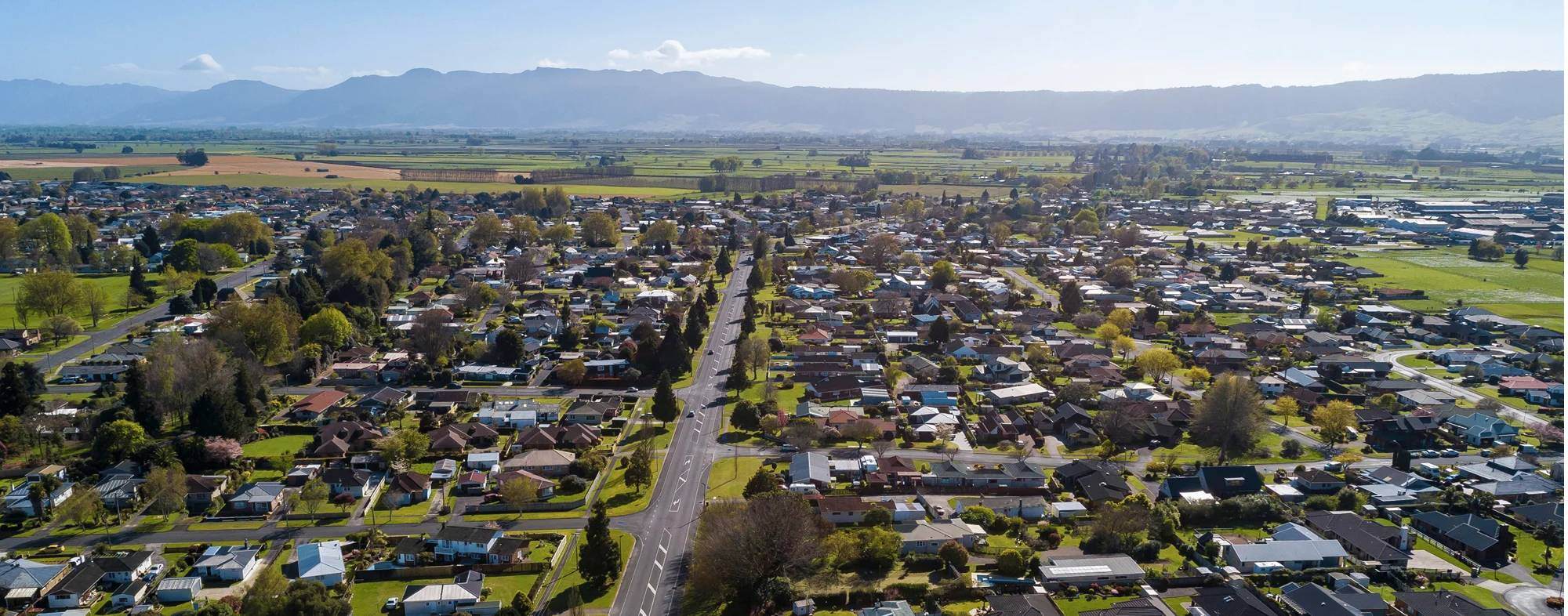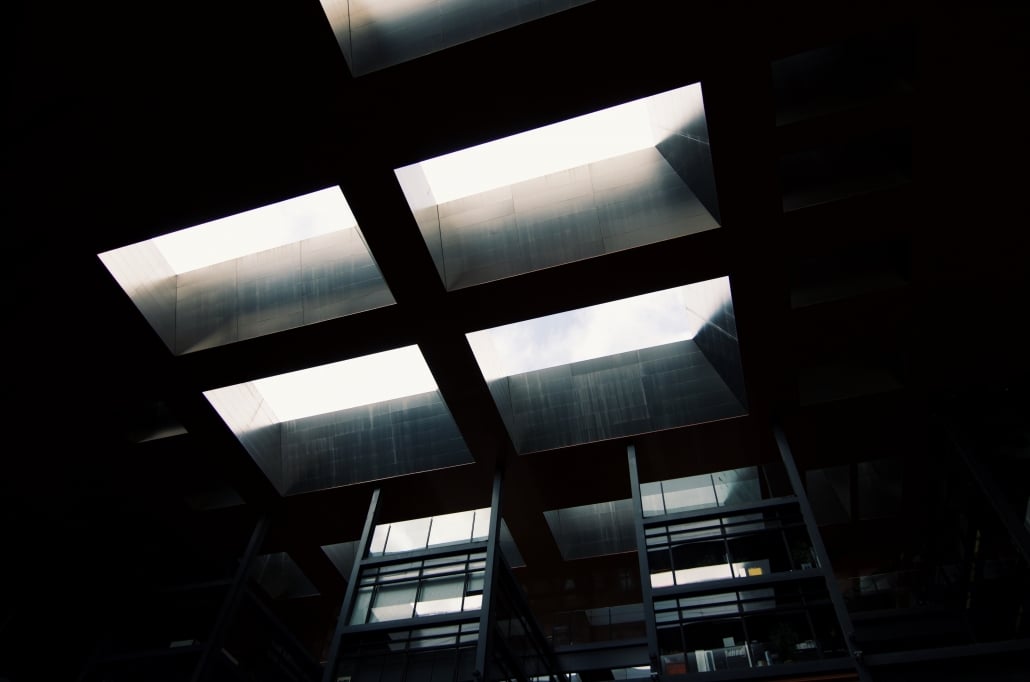Tauranga’s Housing Market: Building Momentum for a Growing City
Newsletter
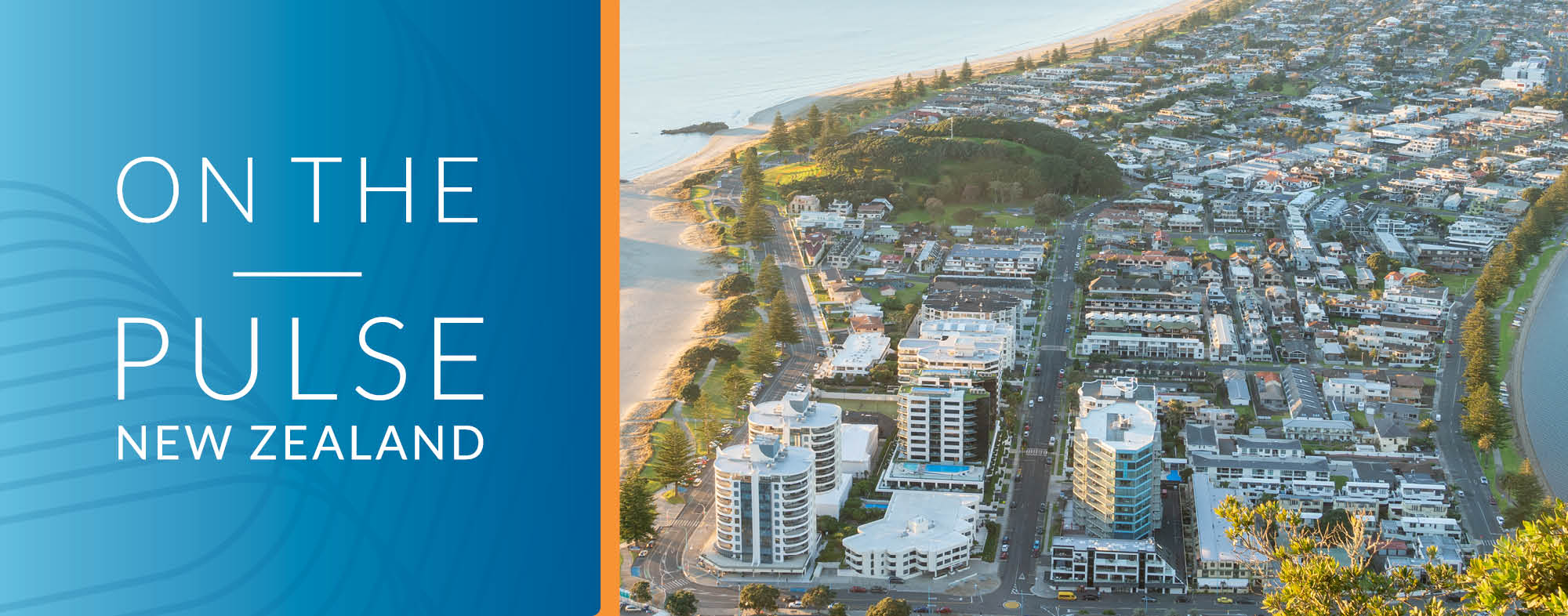
Ben Roberts, Registered Valuer
Tauranga continues to shine as one of New Zealand’s fastest-growing urban centres, with its population expanding by over 25% in the past decade. As the city evolves, so too does its housing landscape, presenting both challenges and exciting opportunities for developers, investors, and homeowners.
At Opteon, we’re seeing this transformation firsthand through our valuation work, feasibility studies, and land use advisory. While housing supply has struggled to keep pace with demand, the city is now entering a new phase of strategic growth, innovation, and intensification.
A City on the Rise
Tauranga’s population is projected to exceed 170,000 by 2033, making it the fifth-largest urban area in New Zealand. This growth is driving strong demand for housing across all segments, from first-home buyers to retirees and investors.
However, the city’s 2023 Housing Capacity Assessment identified a shortfall of at least 4,000 dwellings by 2030 under a high-growth scenario. This has contributed to Tauranga ranking among the least affordable cities in the country, with a median house price over 10 times the average household income
Unlocking Supply: From Constraints to Catalysts
While the housing shortfall is real, so too is the momentum to address it. Several key factors are shaping the path forward:
1. Planning Reform and Zoning Evolution
Tauranga is actively implementing the National Policy Statement on Urban Development (NPS-UD), which encourages greater density and more flexible land use. Plan Change 33, currently progressing through hearings, will enable medium-density housing across much of the city, paving the way for more townhouses, duplexes, and walk-up apartments.
2. Infrastructure Investment
Infrastructure remains a critical enabler. While past bottlenecks have slowed development, coordinated planning and funding are now gaining traction. The NZ Infrastructure Commission has highlighted the need for streamlined funding models and integrated transport and water services. Tauranga’s unique geography adds complexity, but also drives innovation in engineering and urban design.
Big Projects, Big Potential
Two major greenfield developments—Te Tumu and Tauriko West—are set to reshape Tauranga’s housing future.
-
Te Tumu, near Papamoa East, is a 760-hectare site expected to deliver over 7,000 homes and accommodate 20,000+ residents. While infrastructure planning is still underway, the project represents a long-term opportunity for sustainable, master-planned growth.
-
Tauriko West is further advanced, with early subdivisions expected within 2–3 years. With up to 8,000 homes planned, its success hinges on key transport upgrades, including the State Highway 29 realignment.
Intensification: A Smart, Scalable Solution
Urban intensification is emerging as a powerful tool to meet housing demand more quickly and efficiently. Under the Medium Density Residential Standards (MDRS), most residential zones in Tauranga can now support three dwellings of up to three storeys.
Benefits include:
-
Faster delivery: Infill housing can be built more quickly than large-scale subdivisions.
-
Affordability: Smaller dwellings offer more accessible price points.
-
Sustainability: Medium-density living supports public transport and reduces sprawl.
While uptake is still growing (only 15% of new dwellings consented in 2023 were medium-density) the potential is significant, especially near town centres and transit corridors.
What This Means for Property Stakeholders
For developers and investors, Tauranga offers a dynamic environment with both greenfield and intensification opportunities. Understanding infrastructure timelines, zoning changes, and market demand is key to unlocking value.
For homeowners, the evolving urban form may bring new amenities, housing options, and long-term capital growth, especially in well-connected areas.
At Opteon, we’re helping clients navigate this transition with data-driven insights, feasibility reviews, and future-focused valuations.
Conclusion: A City Building Forward
Tauranga’s housing market is not just reacting to growth—it’s adapting and innovating. With major developments on the horizon and a renewed focus on medium-density living, the city is well-positioned to meet its housing needs while enhancing liveability and resilience.

Ben Roberts
Registered Valuer
+6421 023 46808
Information sources:
-
Tauranga’s population growth and housing shortfall projections are based on data from Stats NZ and the Tauranga City Council’s 2023 Housing Capacity Assessment.
-
Affordability metrics, including the median multiple of house prices to income, are drawn from the Demographia International Housing Affordability Report 2024.
-
Infrastructure constraints and funding challenges are outlined in the NZ Infrastructure Commission’s 2022 report on infrastructure funding and financing.
-
Urban intensification trends and medium-density uptake are tracked by the SmartGrowth Urban Development Capacity Dashboard.
-
Planning reforms, including Plan Change 33 and the implementation of the National Policy Statement on Urban Development (NPS-UD), are detailed in Tauranga City Council planning documents.
